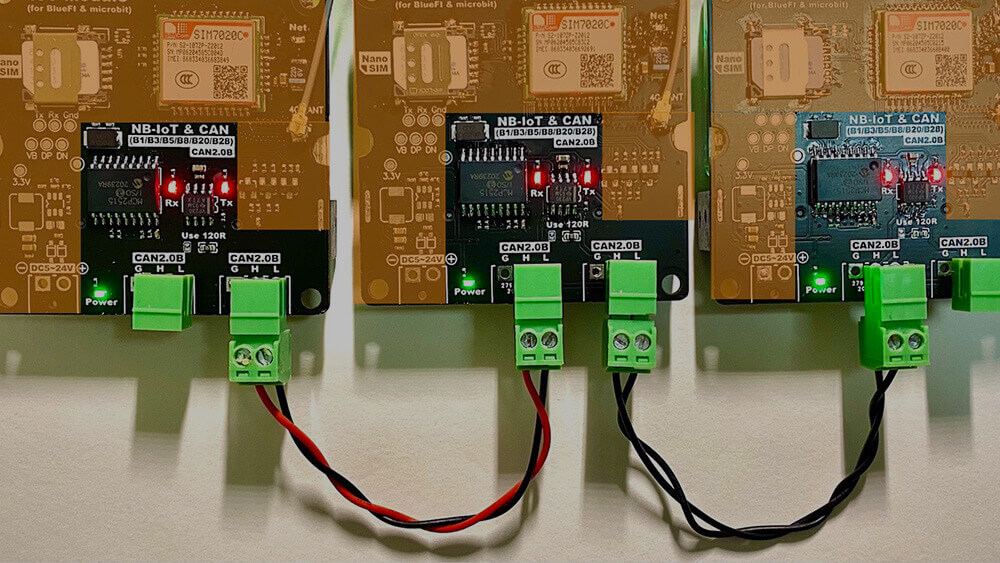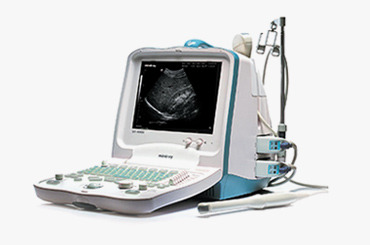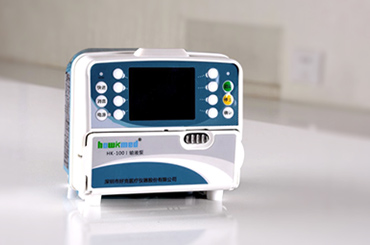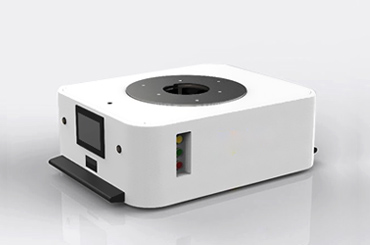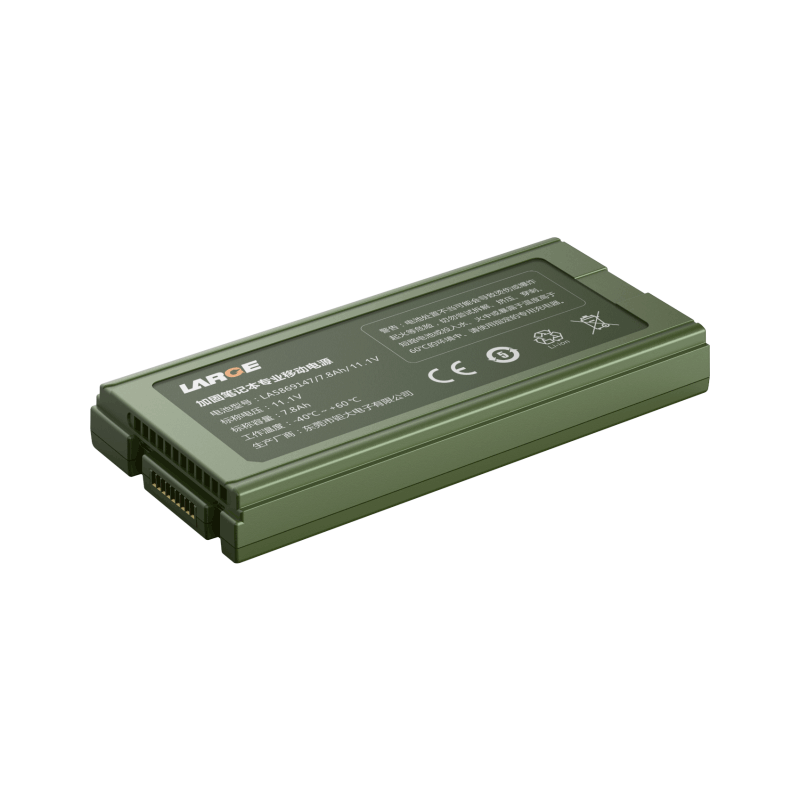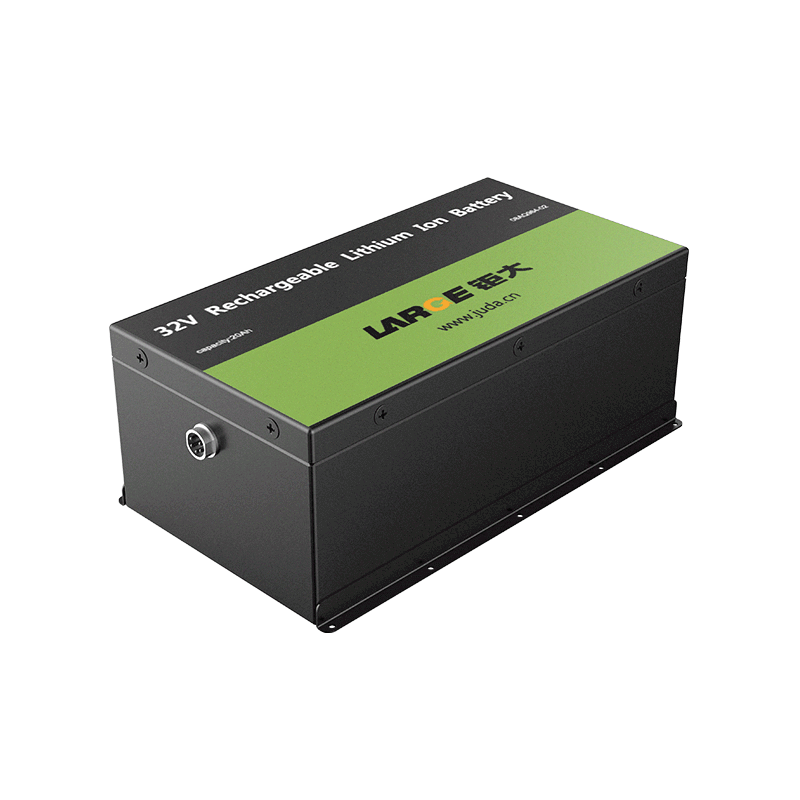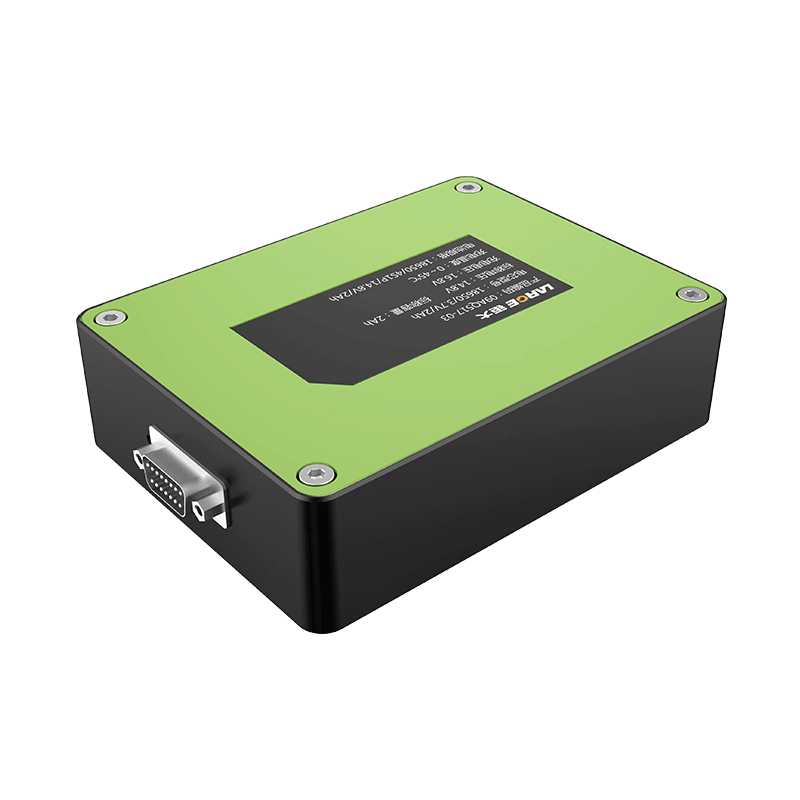-
Key Takeaways
-
Part 1: Overview of Key Battery Communication Protocols+
- 1.1 CAN Bus: The backbone of modern battery management systems
- 1.2 RS485: Reliable long-distance communication
- 1.3 UART: Cost-effective and simple communication
- 1.4 Modbus: Versatile protocol for industrial applications
- 1.5 SMBus and PMBus: Specialized protocols for battery monitoring
-
Part 2: Features and Benefits of Each Battery Communication Protocol+
- 2.1 CAN Bus: High reliability, real-time data exchange, and scalability
- 2.2 RS485: Noise resistance and suitability for large-scale systems
- 2.3 UART: Low-cost implementation and ease of integration
- 2.4 Modbus: Compatibility with industrial automation systems
- 2.5 SMBus and PMBus: Enhanced battery monitoring and diagnostics
-
Part 3: Applications of Battery Communication Protocols in 2025+
- 3.1 Automotive industry: Electric vehicles and battery energy storage systems
- 3.2 Renewable energy: Solar and wind energy storage solutions
- 3.3 Industrial automation: Smart grids and factory energy management
- 3.4 Consumer electronics: High-performance battery packs for portable devices
-
Part 4: Emerging Trends and Advancements in Battery Communication Protocols+
- 4.1 Integration with IoT for smarter battery management systems
- 4.2 Real-time monitoring and predictive diagnostics
- 4.3 Development of secure and energy-efficient communication protocols
- 4.4 Adoption of AI and machine learning in protocol optimization
-
FAQ+
- 1 What is the most widely used communication protocol for battery management systems in 2025?
- 2 How do communication protocols ensure battery safety?
- 3 Why is RS485 preferred for long-distance battery communication?
What Are the Key Battery Communication Protocols Used in 2025
APR 14, 2025 Pageview:312

Battery communication protocols play a pivotal role in ensuring the efficiency and safety of a battery management system. These protocols enable seamless interoperability between components, allowing you to monitor and control battery performance effectively. According to the Fast Charge Battery Market Report 2025, advancements in battery management systems, such as electrochemical impedance spectroscopy, have significantly enhanced the reliability of battery communication. This progress ensures that modern BMS can meet the demands of industries relying on high-performance battery packs.
Key Takeaways
Communication systems like CAN Bus and RS485 help manage batteries well.
They allow quick checks and problem predictions to keep batteries safe.
Knowing these systems improves battery use and stays ahead in energy tech.
Part 1: Overview of Key Battery Communication Protocols
1.1 CAN Bus: The backbone of modern battery management systems
The CAN bus serves as the foundation for modern battery management systems. Its decentralized communication model ensures reliability and real-time performance, making it indispensable for automotive and industrial applications. Each node in a CAN network processes messages independently, enabling efficient data exchange. The protocol's robust error detection and fault confinement mechanisms maintain system integrity, even in challenging environments.
Key features of CAN communication include a transmission rate of up to 1 Mbps or higher and strong anti-interference capabilities. These attributes make it ideal for environments with significant electromagnetic interference. While its data transmission distance is generally limited to a few hundred meters, its reliability and scalability outweigh this limitation.
1.2 RS485: Reliable long-distance communication
RS485 communication excels in long-distance data transmission, supporting distances of several thousand meters. This makes it a reliable choice for battery communication applications requiring extended reach. Its good anti-interference capabilities ensure stable performance, although slightly less robust than CAN. RS485 operates at transmission rates ranging from a few hundred kbps to several Mbps, balancing speed and distance effectively.
1.3 UART: Cost-effective and simple communication
UART communication offers a straightforward and cost-effective solution for battery management systems. It requires only two lines for data transmission (TX and RX), simplifying hardware design and reducing implementation costs. Compared to other serial communication protocols like SPI and I2C, UART consumes less power due to its slower data rates. This makes it an energy-efficient choice for applications where simplicity and low power consumption are priorities.
1.4 Modbus: Versatile protocol for industrial applications
Modbus stands out as a versatile communication protocol widely used in industrial automation. Its compatibility with various devices and systems makes it a preferred choice for integrating battery management systems into larger industrial networks. Modbus supports both serial and Ethernet-based communication, offering flexibility in implementation. Its ability to handle complex data structures ensures seamless operation in demanding industrial environments.
1.5 SMBus and PMBus: Specialized protocols for battery monitoring
SMBus and PMBus are specialized protocols designed for advanced battery monitoring and diagnostics. SMBus, introduced in 1996, has evolved to include features like Packet Error Check (PEC) and dynamic device address assignment, enhancing communication reliability and flexibility. PMBus, launched in 2005, promotes the adoption of digital power technologies, making it a key player in modern battery management systems.
Year | Event Description |
|---|---|
1996 | Formation of the Smart Battery System Interface Forum (SBS-IF) to advance SBS and SMBus specifications. |
1998 | Introduction of SMBus 1.1 with Packet Error Check (PEC) for improved communication reliability. |
2000 | Release of SMBus 2.0, allowing dynamic device address assignment, enhancing flexibility in battery management. |
2005 | Publication of PMBus 1.0, promoting industry-wide adoption of digital power technologies. |
These protocols provide enhanced monitoring capabilities, ensuring the safety and efficiency of battery packs in various applications.
Part 2: Features and Benefits of Each Battery Communication Protocol
2.1 CAN Bus: High reliability, real-time data exchange, and scalability
The CAN bus excels in delivering high-speed communication, robust error handling, and seamless scalability. Its ability to transmit data at speeds up to 1 Mbps ensures real-time data exchange, which is critical for applications like vehicle telemetry and industrial automation. The protocol’s low-latency design supports quick data transmission, making it ideal for dynamic environments.
CAN bus also offers high reliability, maintaining consistent communication even in noisy conditions. Its scalability allows integration of multiple nodes without compromising performance, making it suitable for growing systems. For example, in automotive BMS, CAN bus enables efficient communication between battery packs, sensors, and controllers, ensuring reliability and efficiency.
Feature | Description |
|---|---|
Low-latency | Quick data transmission for real-time applications. |
High-reliability | Consistent communication in noisy environments. |
Scalability | Supports multiple devices without performance loss. |
2.2 RS485: Noise resistance and suitability for large-scale systems
RS485 stands out for its ability to handle long-distance communication, reaching up to 1,200 meters. Its high noise resistance ensures stable data transfer in industrial environments, such as solar power plants or factory energy management systems. RS485 supports multi-drop configurations, allowing multiple devices to connect on a single network.
This protocol’s tolerance to electrical interference makes it ideal for large-scale installations. For example, in renewable energy systems, RS485 facilitates reliable communication between battery packs and monitoring equipment over extended distances.
Feature | Value |
|---|---|
Maximum Communication Distance | 1,200 meters |
Noise Resistance | High |
Application Suitability | Industrial environments |
2.3 UART: Low-cost implementation and ease of integration
UART provides a simple and cost-effective solution for short-distance communication. Its hardware design requires only two lines (TX and RX), reducing complexity and implementation costs. UART consumes less power than other protocols like SPI and I2C, making it an energy-efficient choice for low-speed systems.
This protocol is particularly suitable for applications where simplicity and affordability are priorities. For example, in consumer electronics, UART enables efficient communication between battery packs and microcontrollers, ensuring reliable operation without increasing costs.
Key Benefits:
Straightforward hardware design.
Low power consumption due to slower data rates.
Easy integration into low-speed systems.
2.4 Modbus: Compatibility with industrial automation systems
Modbus is a versatile protocol that integrates seamlessly with industrial automation systems. It supports both serial and Ethernet-based communication, offering flexibility for various applications. Modbus enables communication between PLCs, sensors, and actuators, making it a preferred choice for manufacturing and process control.
Its compatibility with legacy systems and modern IoT frameworks ensures effective integration in complex environments. For example, Modbus facilitates communication between battery management systems and factory energy management systems, enhancing operational efficiency.
Source | Evidence |
|---|---|
Industrial Protocols: Fundamentals of Modbus Plus | Compatible with a wide range of devices, ensuring reliable data exchange. |
Demystifying CAN Bus and Modbus Protocols | Supports integration of legacy systems with IoT frameworks. |
2.5 SMBus and PMBus: Enhanced battery monitoring and diagnostics
SMBus and PMBus specialize in advanced battery monitoring and diagnostics. SMBus offers features like Packet Error Check (PEC) and dynamic device address assignment, ensuring reliable communication. PMBus promotes digital power technologies, enabling precise control and monitoring of battery packs.
These protocols are widely used in applications requiring detailed battery diagnostics, such as electric vehicles and renewable energy systems. Their ability to provide real-time data ensures the safety and efficiency of battery packs in demanding environments.
Year | Event Description |
|---|---|
1996 | Formation of the Smart Battery System Interface Forum (SBS-IF). |
1998 | Introduction of SMBus 1.1 with Packet Error Check (PEC). |
2005 | Publication of PMBus 1.0, promoting digital power technologies. |
Part 3: Applications of Battery Communication Protocols in 2025
3.1 Automotive industry: Electric vehicles and battery energy storage systems
Battery communication protocols play a pivotal role in the automotive sector, particularly in electric vehicles (EVs) and battery energy storage systems (BESS). In EVs, protocols like CAN Bus ensure real-time data exchange between the battery management system (BMS) and other vehicle components. This enables precise monitoring of critical parameters such as state of charge (SOC), voltage, and temperature, ensuring optimal performance and safety. For BESS, RS485 facilitates long-distance communication, making it ideal for large-scale energy storage installations. These protocols enhance the reliability and efficiency of energy systems, supporting the transition to sustainable transportation.
3.2 Renewable energy: Solar and wind energy storage solutions
In renewable energy systems, communication protocols enable seamless integration of battery packs with solar panels and wind turbines. Modbus, known for its compatibility with industrial automation systems, ensures efficient data exchange between the BMS and energy management systems. This allows you to monitor energy production, storage, and consumption in real time. CAN Bus, with its high-speed communication capabilities, supports dynamic adjustments to energy flow, maximizing efficiency. These protocols are essential for maintaining the stability and reliability of renewable energy grids.
3.3 Industrial automation: Smart grids and factory energy management
Smart grids and factory energy management systems rely heavily on robust communication protocols. CAN Bus provides low-latency, high-reliability communication, making it ideal for real-time applications in industrial automation. Modbus simplifies data exchange, enabling remote monitoring and control of energy systems. For example, in smart grids, these protocols facilitate the efficient transmission of critical battery data, such as SOC and temperature, ensuring stable energy distribution. RS485, with its strong anti-interference capabilities, supports long-distance communication in large industrial setups, enhancing operational efficiency.
3.4 Consumer electronics: High-performance battery packs for portable devices
In consumer electronics, battery communication protocols ensure the efficient operation of high-performance battery packs. CAN Bus and RS485 are widely used in BMS for portable devices, offering high reliability and long-distance communication capabilities. These protocols enable precise monitoring of battery parameters, ensuring optimal performance and safety. For instance, CAN Bus supports fast data exchange, crucial for devices requiring high-speed communication. RS485, with its strong anti-interference capabilities, ensures stable performance in noisy environments. These features make communication protocols indispensable for modern consumer electronics.
Part 4: Emerging Trends and Advancements in Battery Communication Protocols
4.1 Integration with IoT for smarter battery management systems
The integration of IoT into battery management systems (BMS) is revolutionizing how you monitor and control batteries. IoT-enabled BMS allows real-time data collection and analysis, providing insights into battery performance monitoring. This integration enhances system integration by connecting batteries with other smart devices, enabling predictive maintenance and energy optimization.
For example, IoT sensors embedded in battery packs can transmit data on temperature, voltage, and state of charge to a centralized system. This data helps you make informed decisions, such as adjusting charging cycles to extend battery life. The growing demand for advanced communication protocols in IoT applications highlights the importance of seamless connectivity and data exchange.
4.2 Real-time monitoring and predictive diagnostics
Real-time monitoring is becoming a cornerstone of modern battery systems. Advanced communication protocols like CAN Bus and Modbus enable you to track critical parameters instantly. Predictive diagnostics, powered by real-time data, allows you to identify potential issues before they escalate. This proactive approach minimizes downtime and enhances safety.
For instance, in electric vehicles, real-time monitoring ensures optimal battery performance by continuously analyzing parameters like state of health and temperature. Predictive diagnostics leverages this data to forecast maintenance needs, reducing operational costs and improving reliability.
4.3 Development of secure and energy-efficient communication protocols
The development of secure and energy-efficient communication protocols is addressing the challenges of modern battery systems. Security measures, such as encryption and authentication, protect data from unauthorized access. Energy-efficient protocols reduce power consumption, making them ideal for applications like portable devices and IoT.
Recent advancements in BMS technology emphasize the need for secure communication to prevent cyber threats. For example, protocols like SMBus and PMBus incorporate features that enhance both security and energy efficiency, ensuring reliable operation in diverse environments.
4.4 Adoption of AI and machine learning in protocol optimization
AI and machine learning are transforming how you optimize communication protocols. These technologies analyze vast amounts of data to improve protocol efficiency and adaptability. Machine learning algorithms can predict communication bottlenecks and suggest adjustments, enhancing overall system performance.
In the automotive industry, AI-driven optimization ensures that communication protocols meet the unique requirements of electric vehicles. This includes tailoring protocols to handle high-speed data exchange and complex battery configurations. The adoption of AI and machine learning is paving the way for smarter, more efficient battery systems.
Note: The shift towards electrification in industries like automotive and renewable energy is driving the demand for tailored communication protocols. These advancements are critical for optimizing battery performance and ensuring seamless system integration.
Battery communication protocols like CAN Bus, RS485, UART, and Modbus are vital for the seamless operation of battery management systems in 2025. Their reliability and scalability make them indispensable across industries such as automotive, renewable energy, and industrial automation. For example, the transition to lithium batteries in industrial electric vehicles relies on these protocols to ensure efficient communication between power sources and components. Recent advancements in BMS highlight the growing reliance on CAN Bus for its efficiency and interoperability. Staying informed about these innovations helps you optimize battery performance and maintain a competitive edge in the evolving energy landscape.
FAQ
1 What is the most widely used communication protocol for battery management systems in 2025?
The CAN Bus protocol dominates due to its high reliability, real-time data exchange, and scalability. It is widely adopted in automotive and industrial applications.
2 How do communication protocols ensure battery safety?
Protocols like SMBus and PMBus provide real-time monitoring and diagnostics. They detect anomalies in voltage, temperature, or state of charge, ensuring safe battery operation.
3 Why is RS485 preferred for long-distance battery communication?
RS485 supports communication over distances up to 1,200 meters. Its strong noise resistance ensures stable data transfer in industrial and renewable energy applications.
Note: RS485 is ideal for large-scale installations like solar farms or factory energy systems.
Leave Message
Hottest Categories
-
Hottest Industry News
-
Latest Industry News






